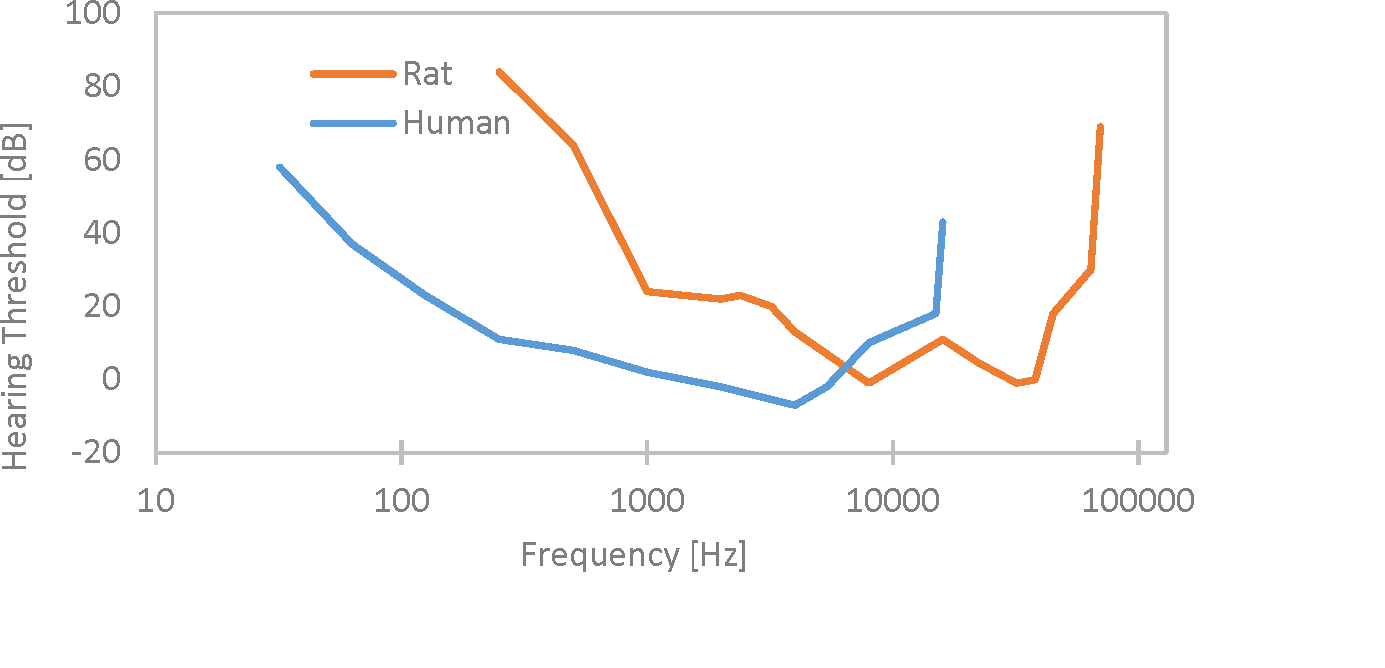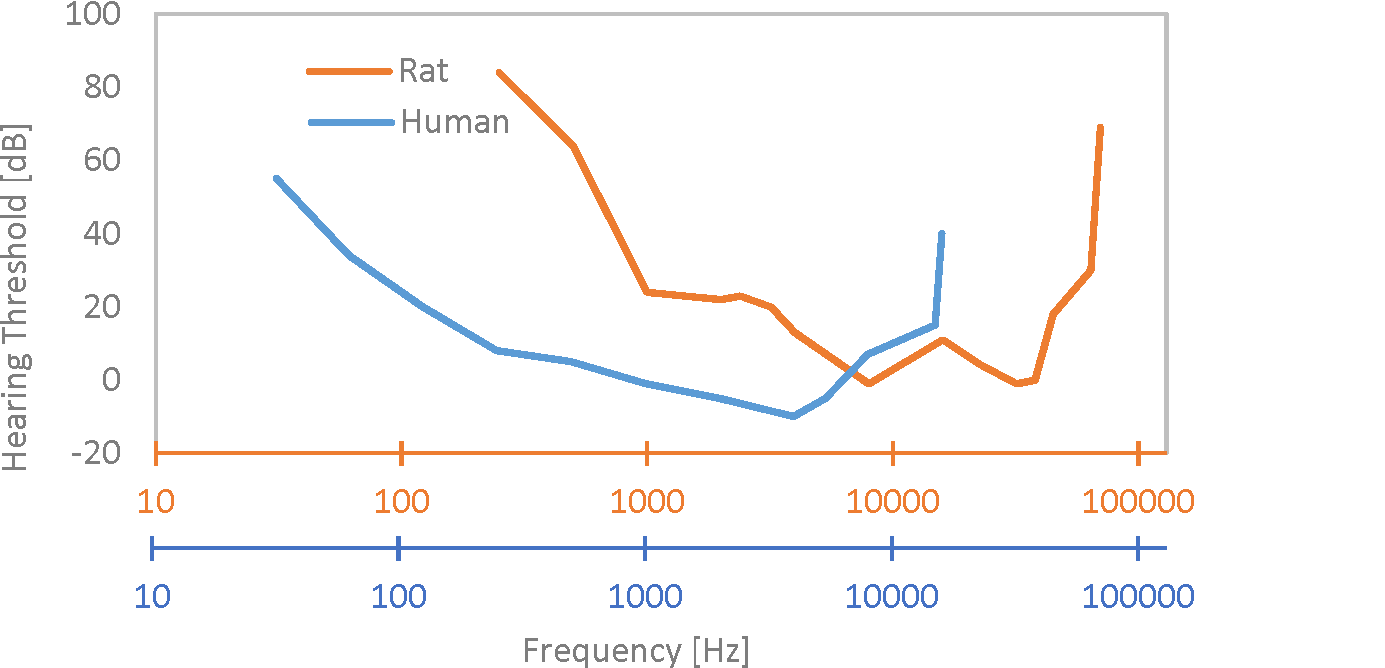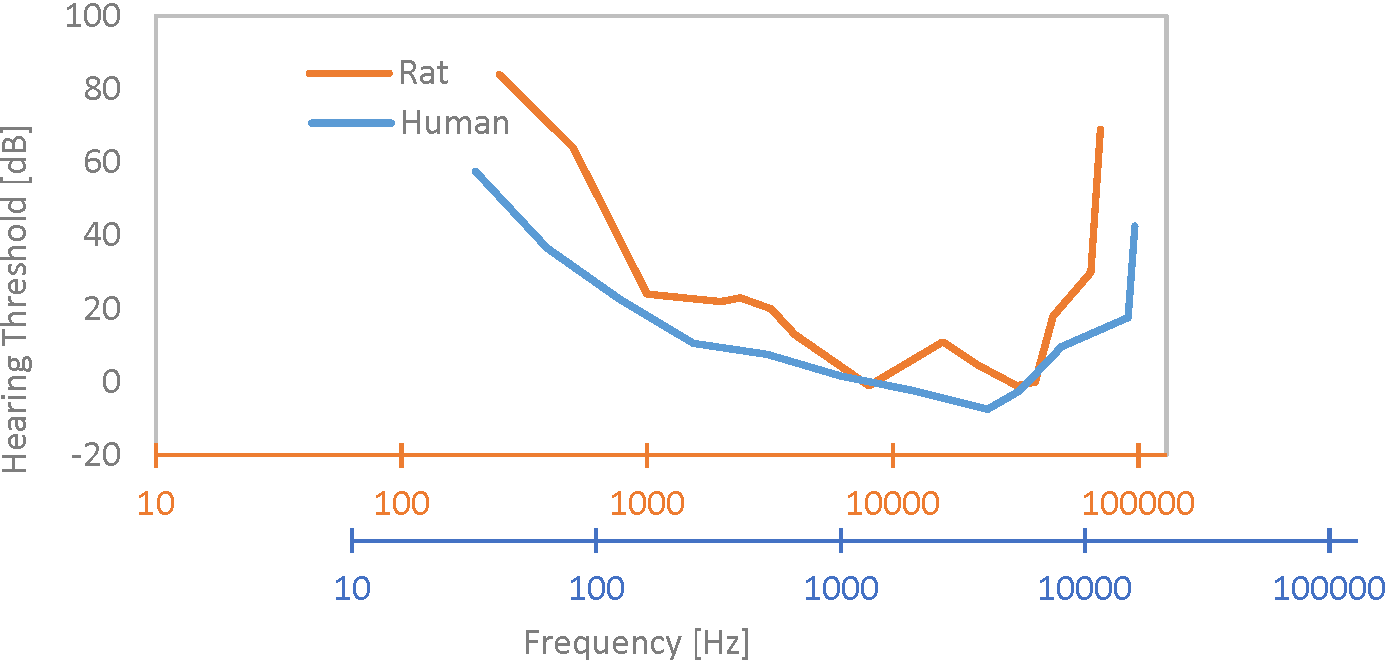In our microscope isolation system, the same kind of problematic tuning can arise. If the structure's natural frequency matches the isolated system's natural frequency, then we're going to have problems.
Imagine that you're installing a microscope in a lab, and you choose mounts that result (via pad stiffness and microscope mass) in a 12Hz system resonance. That means that if you bump into the microscope, the entire isolated system will "ring," bouncing back and forth 12 times per second. What if the laboratory is on an upper floor of the building, and the structure -- unbeknownst to you -- also exhibits a natural frequency at 12Hz?
Every time someone walks by, that 12Hz floor resonance is going to get excited greatly; since your isolation system is itself tuned to 12Hz, all that vibratory motion very efficiently finds it way into the microscope. In fact, those vibrations will end up getting amplified rather than attenuated, and your images are probably going to get a lot worse. The same thing would happen even if the frequencies aren't so perfectly aligned; the common wisdom is that the frequencies have to be separated by at least 40% to avoid strong interaction.
So, even when you're isolating microscopes rather than machines, frequency still matters. I didn't choose 12Hz randomly; that's a common number for rubber-type mounts, and it's also common for vibration-designed laboratory floors. So, this isn't just a theoretical risk.
Everything has a natural frequency: the structural floor, the lab bench, the vibration-isolated system. Even the microscope itself has internal resonances; these are the reason why the instrument is sensitive to vibrations in the first place. And when it comes to vibration isolation, allowing these resonances line up (in frequency) is usually not what we want.












